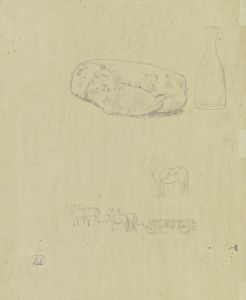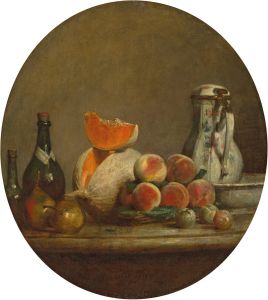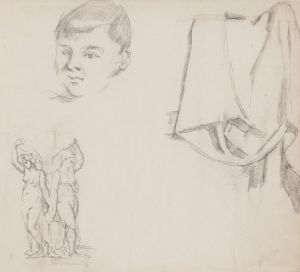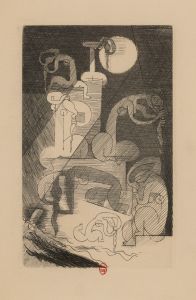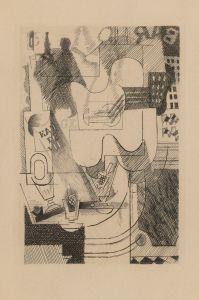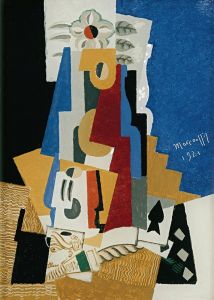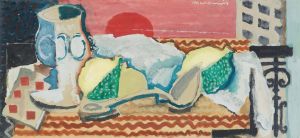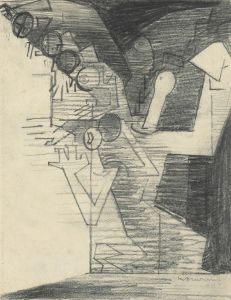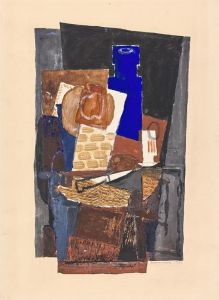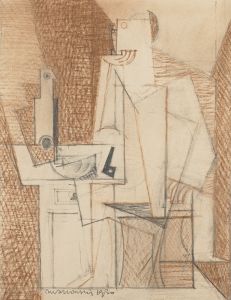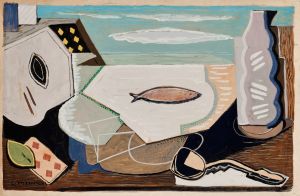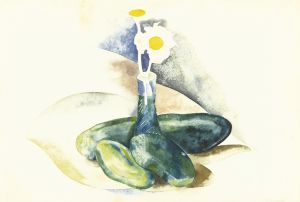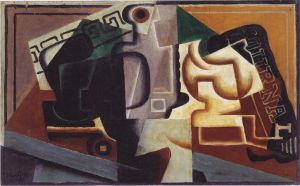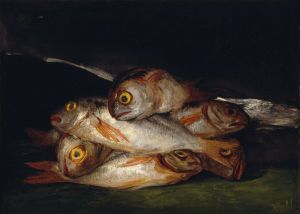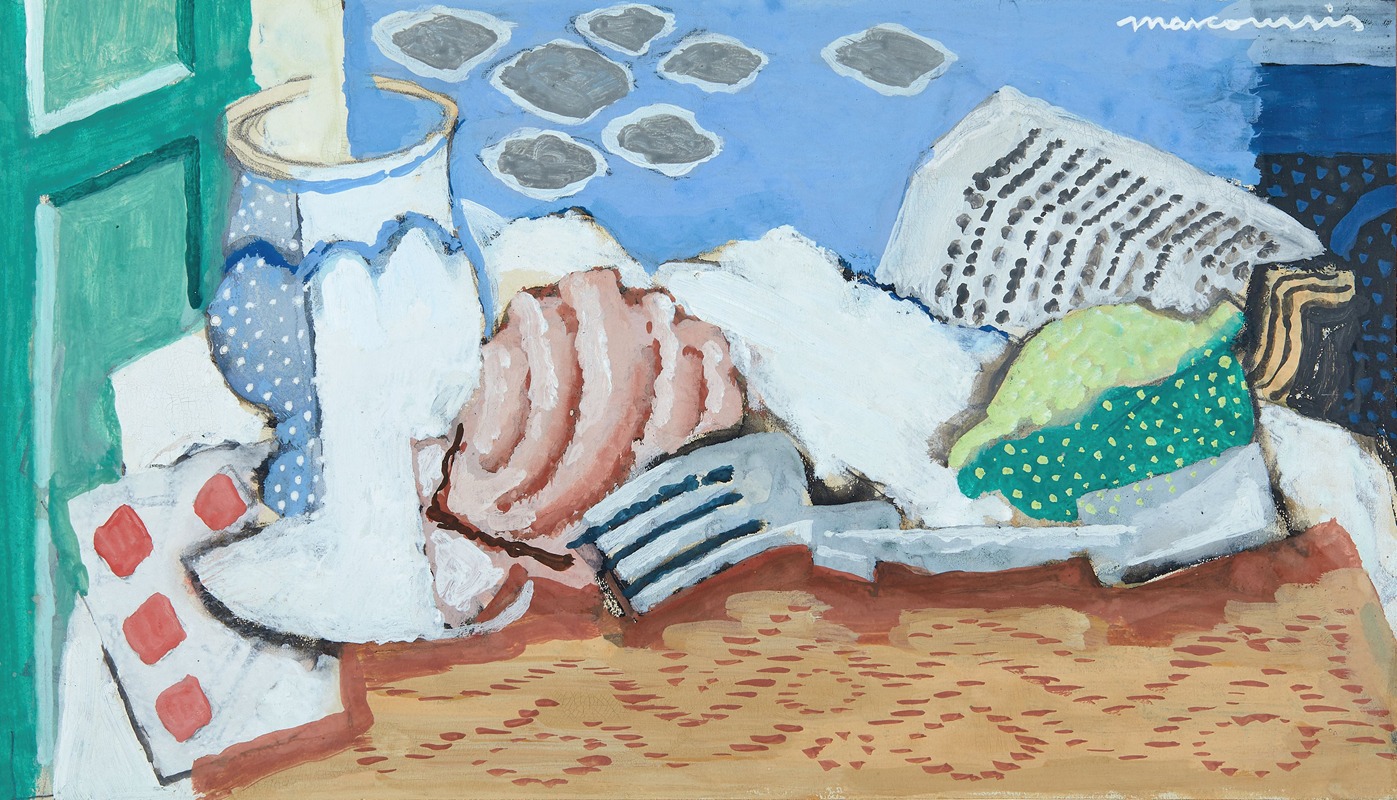
Nature morte au journal
A hand-painted replica of Louis Marcoussis’s masterpiece Nature morte au journal, meticulously crafted by professional artists to capture the true essence of the original. Each piece is created with museum-quality canvas and rare mineral pigments, carefully painted by experienced artists with delicate brushstrokes and rich, layered colors to perfectly recreate the texture of the original artwork. Unlike machine-printed reproductions, this hand-painted version brings the painting to life, infused with the artist’s emotions and skill in every stroke. Whether for personal collection or home decoration, it instantly elevates the artistic atmosphere of any space.
Louis Marcoussis was a Polish-French painter and engraver associated with the Cubist movement. Born Ludwik Kazimierz Wladyslaw Markus in Warsaw in 1878, Marcoussis moved to Paris in 1903, where he became part of the vibrant artistic community. He adopted the name Louis Marcoussis in 1905, inspired by a village in the Île-de-France region. Marcoussis is known for his contributions to Cubism, a revolutionary art movement that emerged in the early 20th century, characterized by fragmented forms and multiple perspectives.
"Nature morte au journal" is one of Marcoussis's notable works, exemplifying his mastery of Cubist techniques. The title translates to "Still Life with Newspaper," a common theme in Cubist art, where everyday objects are deconstructed and reassembled in abstract forms. This painting, like many of Marcoussis's works, reflects his interest in the interplay between objects and space, as well as his skillful use of color and form to create a sense of depth and movement.
In "Nature morte au journal," Marcoussis employs a muted color palette, typical of many Cubist works, which often favored browns, grays, and ochres. This choice of color helps to emphasize the geometric shapes and lines that define the composition. The painting likely includes a variety of objects, such as musical instruments, bottles, or newspapers, which are common elements in Cubist still lifes. These objects are depicted from multiple angles, a hallmark of Cubism, which seeks to represent the subject from a composite viewpoint rather than a single perspective.
Marcoussis's work is influenced by his interactions with other prominent artists of the time, including Pablo Picasso and Georges Braque, who were pioneers of the Cubist movement. His style, however, is distinct in its lyrical quality and attention to detail, setting his work apart from his contemporaries. Marcoussis's background as an engraver also informs his approach to painting, as seen in the precise lines and textures that characterize his compositions.
Throughout his career, Marcoussis exhibited his work in various galleries and salons, gaining recognition for his contributions to modern art. His paintings and engravings are held in numerous public and private collections worldwide, reflecting his enduring influence on the art world. "Nature morte au journal" is a testament to Marcoussis's ability to blend traditional still life themes with the innovative techniques of Cubism, creating a work that is both intellectually engaging and visually compelling.
Marcoussis continued to explore the possibilities of Cubism until his death in 1941. His legacy is preserved through his artworks, which continue to be studied and appreciated for their complexity and beauty. "Nature morte au journal" remains an important piece within his oeuvre, illustrating the dynamic and transformative nature of early 20th-century art.





